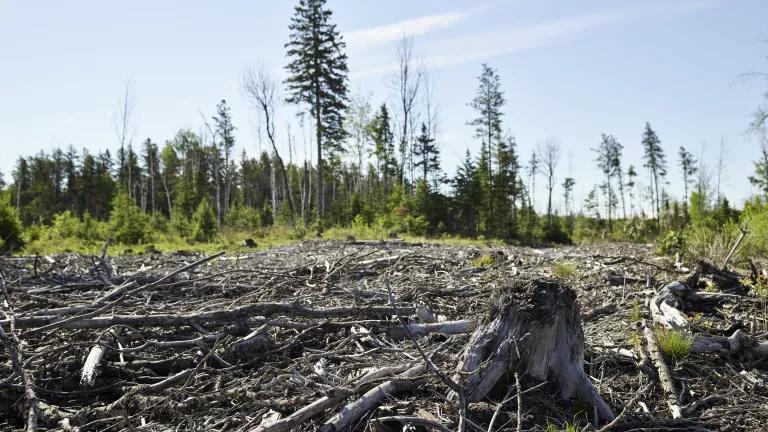In the ecologically rich natural forests of the southeastern United States, the buzz of tree cutting is replacing the twitter of songbirds, the rat-a-tat of woodpeckers, and the splash of fishing lines. Energy markets are driving a new and frenzied demand for trees from the region (commonly referred to as woody biomass). The epicenter of this new market demand is in Europe, where power companies are seeking alternatives to coal and other fossil fuels and increasingly turning to woody biomass in the form of pellets to fuel their power plants.
Europe's forests are often highly regulated, so European power companies have had to look abroad to source wood fuel, turning to the largely unregulated forests of the American South for fresh supplies. Wood pellet exports from the United States doubled from 1.6 million tons in 2012 to 3.2 million tons in 2013. They increased again, by nearly 40 percent, from 2013 to 2014 and are expected to reach 5.7 million tons in 2015. Wood pellet manufacturing in the region is expected to continue skyrocketing, with production estimates as high as 70 million metric tons by 2020.



